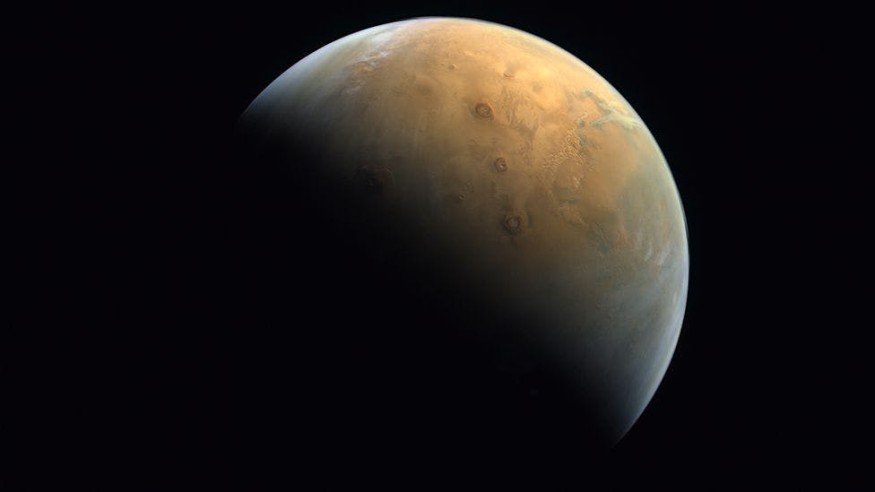Any geologists claim that the oceans of water that once graced Mars are still there - but hidden underneath the soil.

Eva Scheller and colleagues at the California Institute of Technology (Caltech) determined that the bulk of the planet's primordial water is preserved as molecules in the Martian crust after conducting simulations of the planet's existence.
Experts published their findings in the journal Science. Their study title is "Long-Term Drying of Mars by Sequestration of Ocean-Scale Volumes of Water in the Crust."
Scheller, a planetary geologist at Caltech, told MIT Technology Review their work is built on the shoulders of decades of previous work.
Water World
Experts, according to Nature, said the water that flooded the oceans on Mars has arisen from within the planet.
Planetary scientists have estimated how much water was once present on Mars by looking at characteristics such as ancient shorelines and basin depths.
In most cases, there are two components. Water vapor in the upper atmosphere split into hydrogen and oxygen. ABC said the lighter hydrogen being whisked out into orbit.
This procedure is also in progress. Science News said that orbiting spacecraft MAVEN determined the rate of escaped hydrogen. The frequency seemed to vary with the seasons and dust storms.
However, space depletion may only account for the lower end of Mars' primordial water inventory - about 240m of global comparable water depth - at best.
Embedded in Prehistoric Rocks
Water sequestration is more complicated than soaking it up like a sponge in the Martian crust.
When the rock is exposed to water, water molecules become permanently embedded in the crystal structure of rocks due to a series of complicated chemical reactions.
Weathering happens in the Earth's crust as well, but the water molecules on Mars aren't usually tucked up for good.
Volcanic activity on Mars peaked anywhere between 3 and 4 billion years ago. Most of Mars' surface is billions of years old and it lacks the capacity to regenerate the crust.
According to the latest report, it's these ancient rocks that are storing the majority of the water that once graced the young Mars.
According to the team's models, the Martian crust has the equivalent of an ocean that covers Mars to depths of 100 to 1,000 meters.
That's about three-quarters of the Atlantic Ocean's volume.
Although Ms. Scheller acknowledges that the range is broad, it corresponds to what we were thinking based on our geological evidence.
It also corresponds to the planet's known deuterium-to-hydrogen ratio.
Deuterium is a much heavier form of hydrogen with an additional neutron in the nucleus, making it less likely to escape into space.
If the amount of hydrogen in the atmosphere decreases, the amount of deuterium in the atmosphere grows. Indeed, the Curiosity rover discovered that Mars has a much higher deuterium-to-hydrogen ratio than Earth.
New Results, New Findings
It's not enough to know how Mars' water was lost in the search for life; we still need to know when.
So, if you're looking for signs of survival, she recommends looking for rocks from that time frame.
That's just what NASA's Perseverance rover is up to. It's now trundling through Jezero Crater, where it'll likely come across 3.6 billion-year-old fossils.
New data from current and future flights, according to Ms. Scheller, would help paint a better image of Mars' past.
Check out more news and information on Space on Science Times.
© 2025 ScienceTimes.com All rights reserved. Do not reproduce without permission. The window to the world of Science Times.










